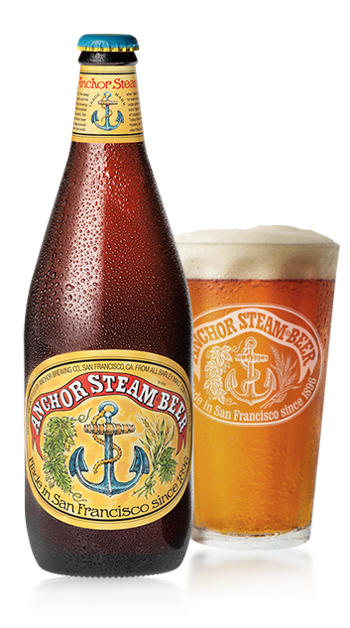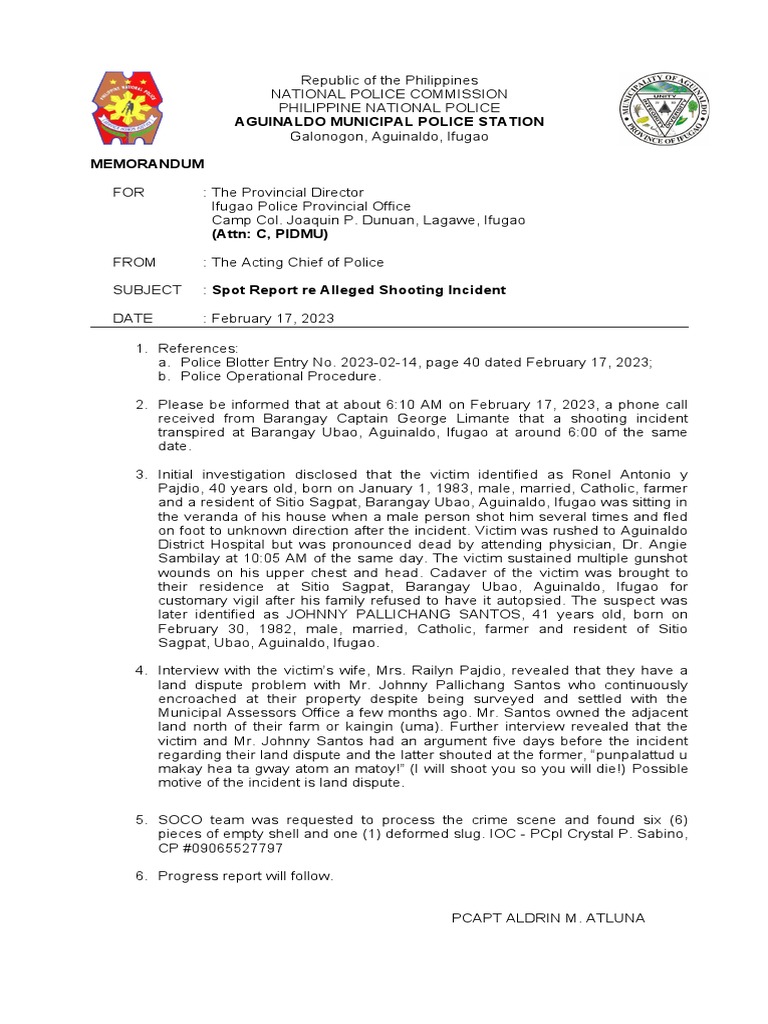The Closure Of Anchor Brewing: Impact On The Craft Beer Industry

Table of Contents
Anchor Brewing's Legacy and its Influence on Craft Beer
Anchor Brewing wasn't just another brewery; it was a pioneer. Founded in San Francisco in 1896, it played a pivotal role in the craft beer revolution. Before the explosion of microbreweries, Anchor stood as a beacon, proving that quality, handcrafted beer could thrive in a market dominated by mass-produced lagers. Anchor Steam Beer, with its unique, distinctive profile, became a symbol of Californian brewing innovation and a national favorite.
Anchor’s influence extends far beyond a single beer.
- First commercially successful craft brewery in the US: Anchor paved the way for countless others, demonstrating the viability of small-scale, high-quality brewing.
- Pioneered steam beer style: This unique brewing method, a blend of ale and lager techniques, became an Anchor signature and inspired countless imitators.
- Influenced many microbreweries in their production methods and marketing: Anchor's commitment to quality ingredients, traditional methods, and distinctive branding set a high bar for the entire industry. Its success proved the market's appetite for something beyond mass-produced beer.
Financial Factors Contributing to the Anchor Brewing Closure
The Anchor Brewing closure wasn't solely a result of poor management; it was a confluence of factors that ultimately overwhelmed the brewery. While Anchor held a significant place in American brewing history, it faced intense pressure in the modern craft beer market. Owned by Sapporo Holdings, a Japanese beverage giant, the brewery struggled to adapt to shifting consumer tastes and escalating competition.
- Rising production costs: The cost of ingredients, packaging, and distribution increased significantly, squeezing profit margins.
- Shifting consumer preferences: The explosion of new craft breweries led to a highly competitive market, with consumers constantly seeking new and innovative beers. Anchor, despite its legacy, struggled to keep pace with the constant influx of exciting new offerings.
- Competition from larger and smaller breweries: Both mega-breweries with extensive marketing budgets and smaller, hyper-local breweries vying for market share presented significant challenges.
- Lack of innovation in product offerings (compared to competitors): While Anchor Steam remained popular, the brewery perhaps didn't innovate its product line aggressively enough to compete effectively against newer entrants with a broader range of styles and flavors.
The Impact of the Anchor Brewing Closure on the Craft Beer Landscape
The Anchor Brewing closure leaves a noticeable void in the craft beer landscape. The loss of such a significant and historically important brand has several implications.
- Loss of a historical brand and its heritage: The closure represents the end of an era, erasing a substantial piece of American brewing history.
- Impact on distribution networks: Anchor’s distribution network, built over decades, will now need to be reallocated or repurposed by distributors.
- Potential for increased competition among remaining breweries: The market share left vacant by Anchor will create increased competition among existing breweries.
- Opportunities for smaller brewers to gain market share: Smaller breweries now have the chance to capture consumers previously loyal to Anchor.
The Future of Craft Beer Post-Anchor Brewing Closure
The long-term consequences of the Anchor Brewing closure remain to be seen. However, the event provides invaluable lessons for other breweries.
- Need for innovation and diversification: Breweries must continuously innovate, offering diverse beer styles to keep up with ever-changing consumer preferences.
- Importance of strong branding and marketing: A strong brand identity and effective marketing are crucial for standing out in a saturated market.
- The critical role of sustainable business models in the craft beer industry: Breweries must develop and maintain financially sustainable business models to withstand market fluctuations and competition.
Reflecting on the Anchor Brewing Closure and its Lasting Impact
The Anchor Brewing closure serves as a stark reminder of the dynamic and competitive nature of the craft beer industry. The brewery's legacy, while significant, couldn't overcome the financial challenges and competitive pressures of the modern market. The event underscores the importance of adaptation, innovation, and sustainable business practices for all breweries, big or small. Understanding the impact of the Anchor Brewing closure is crucial for navigating the evolving craft beer landscape. Learn more about the challenges and opportunities facing the industry and the importance of supporting your local breweries.

Featured Posts
-
 Shooting At Popular Southern Vacation Spot Prompts Safety Review
May 25, 2025
Shooting At Popular Southern Vacation Spot Prompts Safety Review
May 25, 2025 -
 The Complete Guide To Jensons Fw 22 Extended Line
May 25, 2025
The Complete Guide To Jensons Fw 22 Extended Line
May 25, 2025 -
 Trumps Pressure Tactics Forcing A Republican Deal
May 25, 2025
Trumps Pressure Tactics Forcing A Republican Deal
May 25, 2025 -
 Atletico Madrid In Espanyol Uezerindeki Zaferi Hakem Kararlarinin Etkisi
May 25, 2025
Atletico Madrid In Espanyol Uezerindeki Zaferi Hakem Kararlarinin Etkisi
May 25, 2025 -
 Hells Angels History Organization And Activities
May 25, 2025
Hells Angels History Organization And Activities
May 25, 2025
